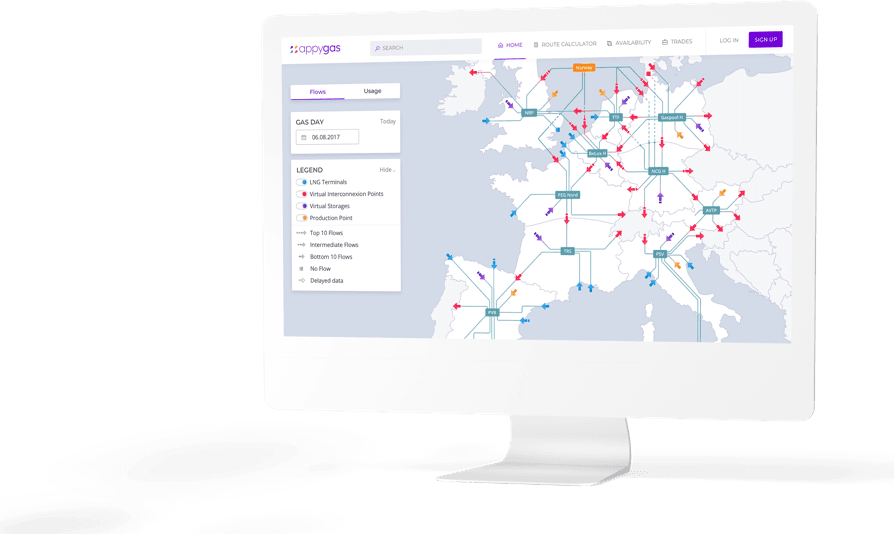
Product leaders have broad, central roles and multiple challenges
Software products live in a complex marketplace which is why experienced product leaders play such an important role in deciding on the direction of a company’s innovative product development strategy.
This role covers a range of responsibilities which involves everything from product design through to deciding on the right time to go to market. It is a key role too that requires a strong mix of technical skills to get to grips with products, soft skills to sell product ideas, and business acumen to know which products will ultimately contribute to the bottom line.
To complicate matters, product leaders are involved in countless facets of innovative product development. In their roles, product leaders must collaborate with technical departments, analyse markets and competitors and engage with customers and external partners. Getting product innovation right, therefore, requires a targeted approach.
Four tips for innovative product development success
Product leaders focused on getting the most out of product innovation strategies must touch on a plethora of points while also moving quickly. To maintain the bottom line while also satisfying stakeholders we think product leaders should concentrate on the following four points.
1. Focus on new technologies that offer the most impact
In leading with product development, product leaders should try and make the maximum impact on the market, disruptive technology is often the best instrument to do so. Whether it is artificial intelligence (AI) enhanced software product or an application that relies on the internet of things (IoT), products based on new technologies can provide a jump start.
Product managers must look past the noise and identify technologies that can provide a return in the real world. A technical feasibility study is essential because it helps weed out tech that won’t make it in the wild, instead helping product leaders to invest in product lines that stand a high chance of success.
2. Concentrate on what the user wants
Product line profitability is an important metric, but no product will succeed in the long run if it does not satisfy user demands. Innovating to meet user needs can set a new product apart from its competitors.
How can product leaders gain an understanding of customer requirements? Your data is the answer. Data analysis can help product teams redefine, reposition, improve and grow existing products. Real-time, responsive user analytics allows giving customers a contextualised product experience.
Again, technology innovation can become a gamechanger here. From augmented reality through to blockchain-based applications, innovation adoption allows product leaders to distinguish their product lines. For instance, with AI, being considered the most disruptive technology, according to Gartner’s 2019 CIO Survey, AI-enhanced products and natural language processing can create user experiences and services that are truly game-changing.
3. Use data to manage profit and loss
Pricing a product is one of the biggest challenges product leaders face. It is not merely a matter of making a product price-competitive, but also about maximising the profit, a product line delivers to the bottom line.
Understanding customer buying behaviour in detail can assist product leaders in designing pricing strategies that overdeliver. Using data science, a product leader can match the understanding of customer’s behaviour with a detailed analysis of the costs of delivering a product. This analysis can enable tailored offerings that maximise the profits derived from a product throughout its revenue-producing lifetime.

4. Maintain data security and compliance for customer’s loyalty and trust
Experienced product leaders will know that customer’s trust is a pillar of long-term product line success. For software products, data protection and meeting compliance requirements is a major part of maintaining trust. That’s why product leaders cannot drop the ball when it comes to the safety of their customer’s corporate or personal information.
Since effective innovation is heavily depending on in-depth data analysis, product leaders are well advised to put data safety and compliance front and centre. According to Gartner, 35% of businesses use multiple data security tools; this number is due to increase to 60% of organisations by 2020.
As cybersecurity threats and hacking methods become more advanced, to keep up, the latest security solutions leverage blockchain; data tokenisation, Artificial Intelligence, adaptive security approach, and other modern security techniques.
Cutting to the chase
Particularly in the software industry product leaders cannot afford to sit on their hands, the technology world moves too quickly. When handling product portfolios, these key staff members must be highly focused, balancing fast-moving technology with the changing requirements of customers while also keeping stakeholders happy.
We’ve outlined four points that product leaders should keep front and centre when developing product innovation strategies. It can be a tough task, however, and ELEKS stands ready to help with any challenging technical aspects.
Get in touch with us for an end to end assistance with product innovation.

Related Insights








The breadth of knowledge and understanding that ELEKS has within its walls allows us to leverage that expertise to make superior deliverables for our customers. When you work with ELEKS, you are working with the top 1% of the aptitude and engineering excellence of the whole country.

Right from the start, we really liked ELEKS’ commitment and engagement. They came to us with their best people to try to understand our context, our business idea, and developed the first prototype with us. They were very professional and very customer oriented. I think, without ELEKS it probably would not have been possible to have such a successful product in such a short period of time.

ELEKS has been involved in the development of a number of our consumer-facing websites and mobile applications that allow our customers to easily track their shipments, get the information they need as well as stay in touch with us. We’ve appreciated the level of ELEKS’ expertise, responsiveness and attention to details.

